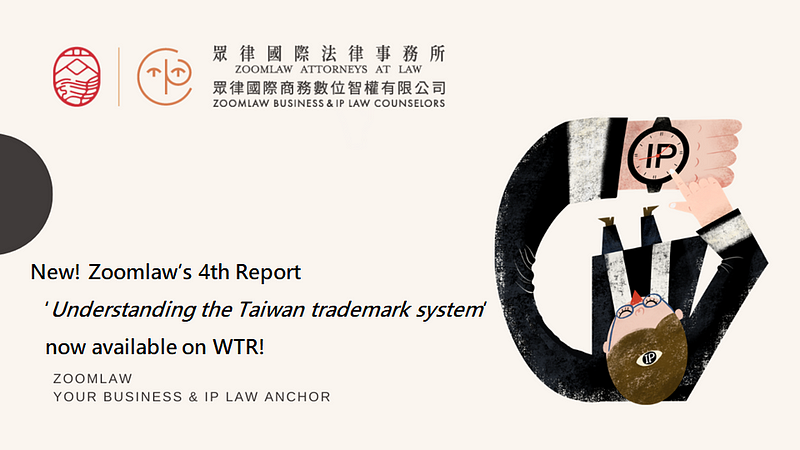商標「善意」先使用:明知或非明知? 實習律師李汝民 Using its trademark with Bona fide: knowingly or not knowingly? Intern Lawyer Ru-Min Lee
前言Preamble
商標法第30條第1項第3款規定:在他人商標註冊申請日前,善意使用相同或近似之商標於同一或類似之商品或服務者,不受他人商標權之效力所拘束。同款但書並規定,善意使用以原使用之商品或服務為限,商標權人並得要求其附加適當之區別標示。此即商標法所謂「善意先使用」之規定(商標法逐條釋義,頁95),其立法目的在於,商標權人於商標獲准註冊後雖享有排除他人使用其商標之權利,但為了避免過度保護商標專用權利反而造成市場自由競爭之阻礙、以及適當調和商標先註冊主義與先使用主義之衝突,故對於商標專用權利加諸一定之限制。
Trademark Act Article 30, Paragraph 1(3): by bona fide, prior to the filing date of the registered trademark, the proprietor of the registered trademark is entitled to request the party who use the trademark to add an appropriate and distinguishing indication when there is an identical or similar trademark on goods or services identical with or similar to those for which the registered trademark is protected for which the use is only on the original goods or services.
The purpose for such is for the proprietor of the registered to exclude others from using its registered trademark. Even though such third person knowingly used another person’s well-known registered trademark with bona fide (Trademark Act Interpretation, page 95). However in order to prevent overprotection on its trademark right which obstruct its free trade competition, it is important to have an appropriate reconciliation between the first register doctrine and the doctrine of first use of trademark. Therefore some of the restrictions need to be imposed on its trademark rights.
「善意」之解釋
What is ‘bona fide’?
然,所謂的「善意」,解釋上可能如同民法條文之「善意第三人」,係「不知情」之意。則「善意先使用」即須不知有他人商標,而使用相同或近似之商標於同一或類似之商品或服務,方可主張。
However the word ‘bona fide’, from its interpretation in civil law means ‘bona fides third party’, which has ‘not knowingly’ meaning. Where the trademark is identical with or similar to another person’s registered trademark in relation to goods or services, for which another person’s registered trademark is designated, does exists its likelihood of confusion on relevant consumers, would have grounds for revocation.
實務上有台灣台北地方法院93年度智字第70號判決可供參考。該判決指出,「商標法第30條第1項第3款之『善意』,係指『並非以不正當競爭為目的』,即使商標權人已使用商標,未申請註冊,但第三人明知該商標己使用,卻使用他人商標,在商標權人註冊商標後,第三人仍使用該商標,其不得主張係善意使用。」







 友好網站連結
友好網站連結 